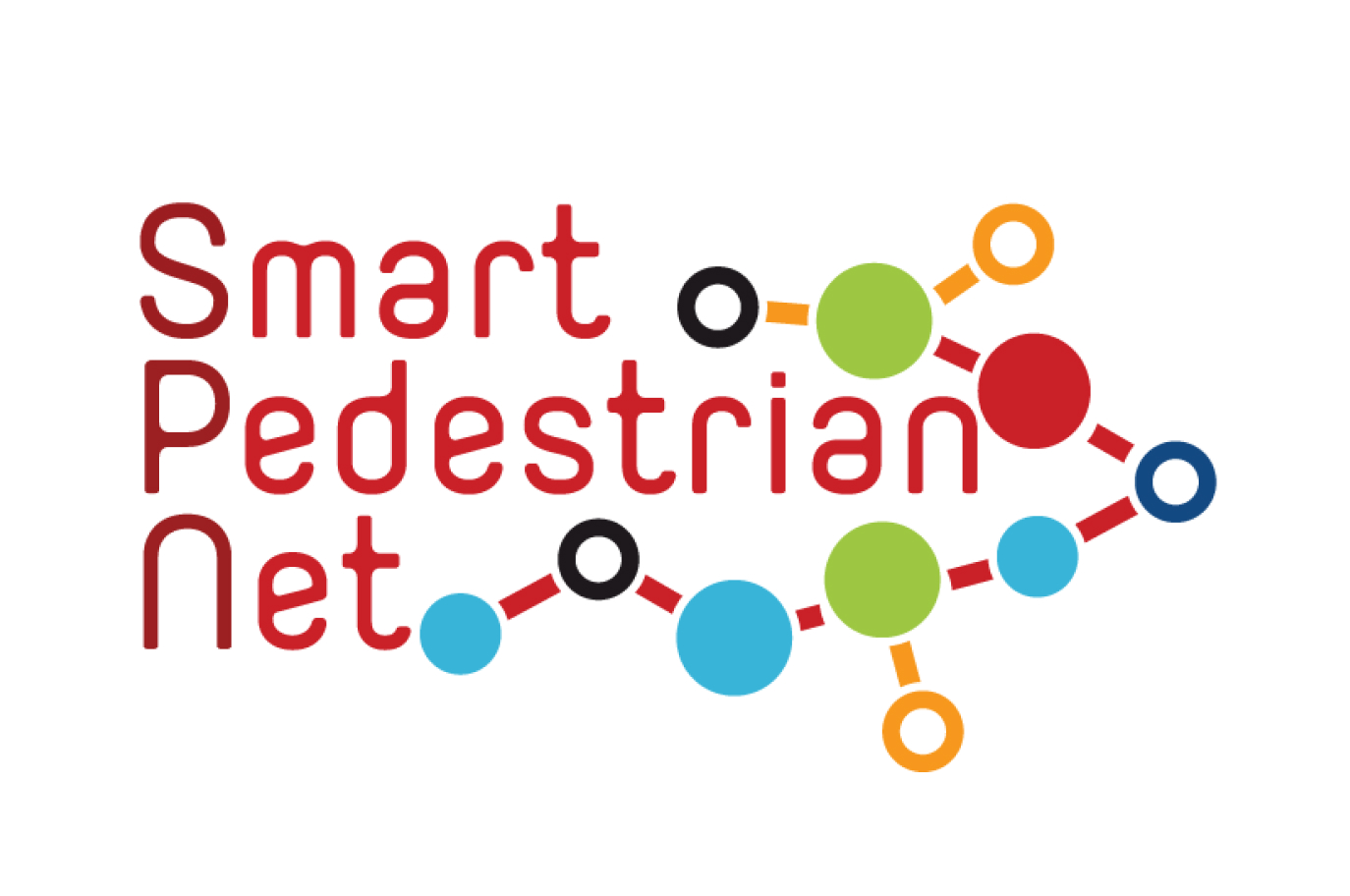SMART PEDESTRIAN NET

SMART PEDESTRIAN NET:
is a project funded by JPI Urban Europe, ERA-NET Cofund Smart Urban Futures Call. The project aims to assess the urban conditions provided to pedestrians considering a wide range of criteria.

PROJECT WEBSITE:
livelyspaces.info

PROJECT FACEBOOK:
www.facebook.com/Smart.Pedestrian.Net/
 The increasing amount of health problems in the world like heart disease, diabetes and obesity can be traced back to the full dependence on automobiles and sedentary lifestyles in new generations, in addition to the poor land use developments and lack of pedestrian planning in cities. Based on previous research, it has been found that physical exercise is the best remedy. Consequently, in recent years, urban planners and public health professionals have been trying to integrate between health and the built environment through comprehensive planning by linking traditional notions of planning with health themes. (Muhlbach, 2012)
The increasing amount of health problems in the world like heart disease, diabetes and obesity can be traced back to the full dependence on automobiles and sedentary lifestyles in new generations, in addition to the poor land use developments and lack of pedestrian planning in cities. Based on previous research, it has been found that physical exercise is the best remedy. Consequently, in recent years, urban planners and public health professionals have been trying to integrate between health and the built environment through comprehensive planning by linking traditional notions of planning with health themes. (Muhlbach, 2012)
By using one of the primary and oldest forms of transportation—walking—and introducing pedestrians’ planning into the city, urban planners and public health professionals can promote wellness, physical activity and increase the quality of life. ‘Walkability is a concept which is known as a measurement of the pedestrian-friendly degree of an area. Urban designer and planners recently focused on walkability to make a sustained environment for communicating, recreation, and shopping by the pedestrian base.' (Rafiemanzelat, Emadi & Kamali, 2016).
 Walking has numerous social, individual and environmental benefits. It can change the moods of humans, decrease depression, and improve psychological well-being. It can also increase social capital, and social injustice, as well as saving the environment and reduce the greenhouse emissions.
Walking has numerous social, individual and environmental benefits. It can change the moods of humans, decrease depression, and improve psychological well-being. It can also increase social capital, and social injustice, as well as saving the environment and reduce the greenhouse emissions.
The innovative mobile application Smart Pedestrian Assistant (SPA) was designed, developed and published on Google Play as Android application. It was designed as part of the bigger novel urban digital ecosystem to support citizens and tourists’ walkability and their engagement and participation in the municipality activities to improve quality of life. The SPA introduces new set of applications and services for both pedestrians and municipality administrations in the cities and is available at Google Play for wide public use after the ongoing comprehensive tests in Bologna, Porto and Vienna.